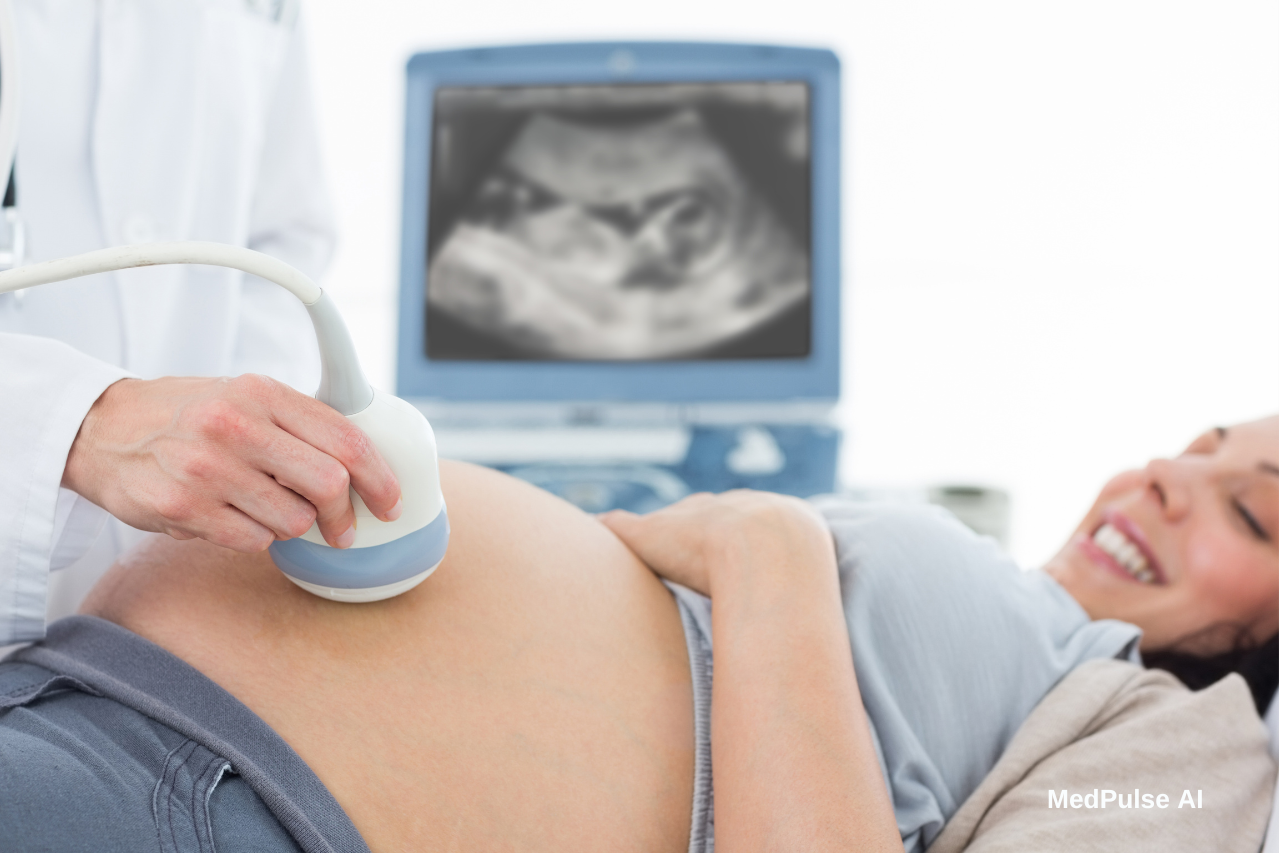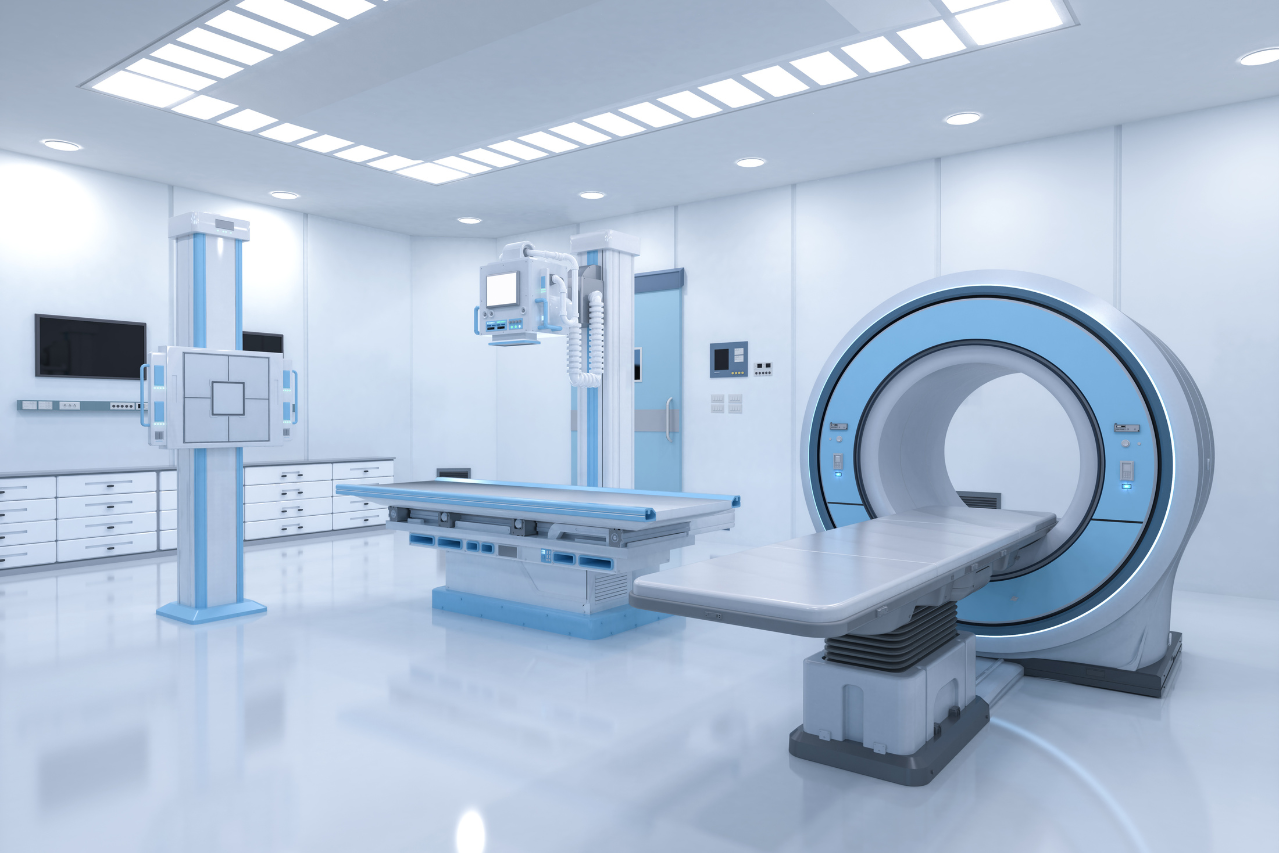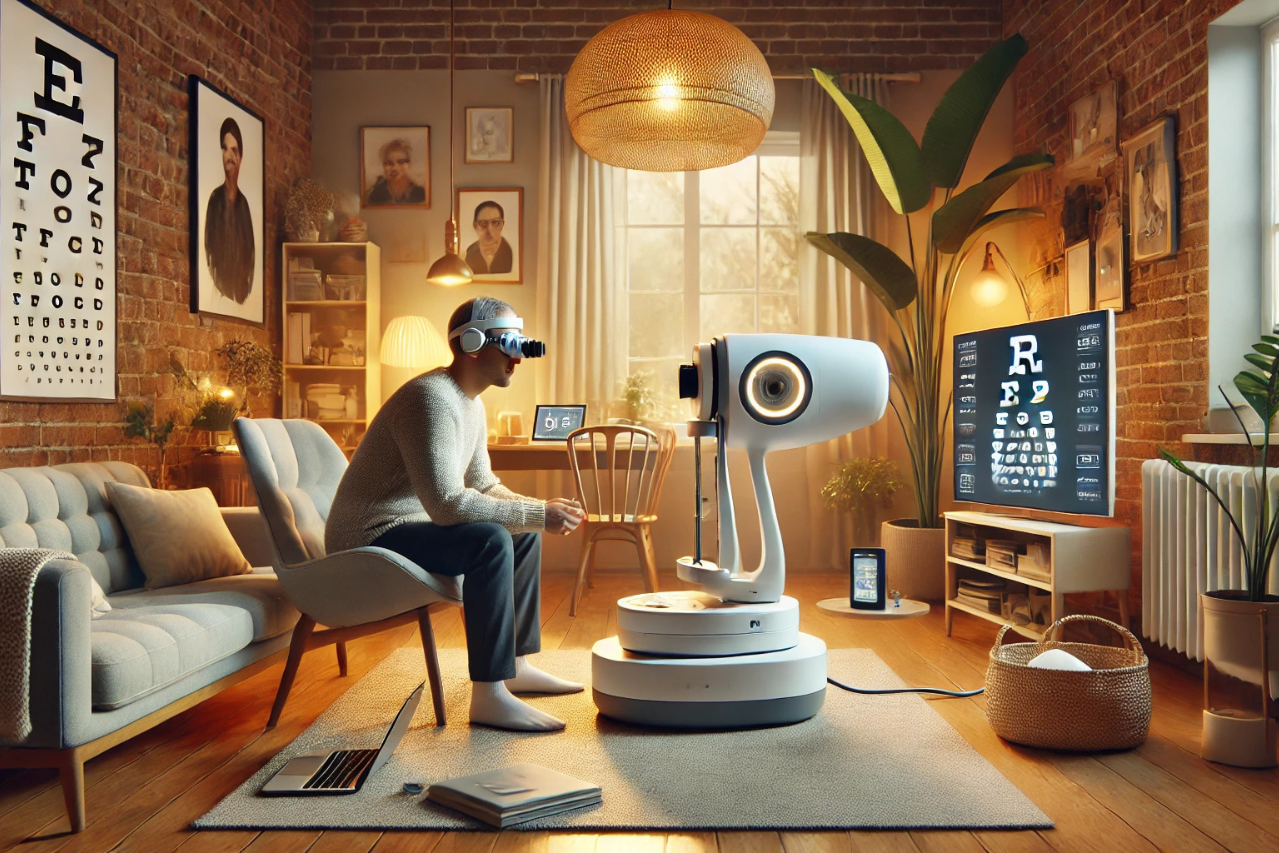Hospitals worldwide are sounding the alarm. There simply aren’t enough radiologists or imaging technologists to meet the growing demand for medical scans. What’s happening? A perfect storm: an aging radiologist workforce approaching retirement, skyrocketing imaging volumes, persistent gaps in subspecialties like pediatrics and interventional radiology, and alarmingly high vacancy rates among CT, MRI, and ultrasound technologists.
The result? Longer wait times, delayed diagnoses, and overstretched staff. In response, tech giants NVIDIA and GE HealthCare are stepping in with a bold solution—deploying physical AI to automate and enhance diagnostic imaging, offering a glimpse into a future where smarter machines support overworked teams and help close the global care gap.
At the core of the partnership is the development of autonomous X-ray and ultrasound imaging systems. These systems are designed to relieve overburdened radiology departments, tackle global staffing shortages, and enhance patient outcomes through precision and speed. The collaboration could signal a turning point in how medical imaging is delivered, especially in regions with limited access to trained healthcare personnel.
The Technology Behind the Vision
GE HealthCare, a spinoff of General Electric, will integrate NVIDIA’s newly launched Isaac™ for Healthcare platform into its imaging systems. This platform leverages NVIDIA’s powerful computing frameworks—including DGX for AI training, Omniverse for digital simulation, and Holoscan for real-time data processing.
The Isaac platform allows developers to simulate hospital environments, patient anatomies, and sensor interactions with striking realism. It creates virtual labs where AI models can be trained and validated before they ever touch a real patient. “By combining physics-based simulations and AI perception models, we’re enabling robots to understand, act, and adapt in complex clinical environments,” said Kimberly Powell, NVIDIA’s Vice President of Healthcare.
NVIDIA’s Isaac platform also includes a repository of pretrained models that can understand human language, interpret visual data, and navigate physical spaces—crucial components for autonomous imaging systems. These models are key to developing radiology assistants that can guide a patient into position, calibrate an imaging device, and assess image quality without human intervention.
Addressing a Growing Crisis in Radiology
Medical imaging has become an essential component of modern healthcare, aiding in early diagnosis, treatment planning, and disease monitoring. Yet the demand for radiological services is outpacing supply. The World Health Organization estimates that two-thirds of the global population lacks access to basic diagnostic imaging.
Even in high-income countries, the shortage of radiologic technologists and radiologists is a growing concern. Burnout, an aging workforce, and increased imaging volumes have all contributed to systemic strain. In a recent study published by the Journal of the American College of Radiology, more than 50% of radiologists reported experiencing burnout, citing workload as a primary driver.
Key Points on the Radiology Workforce Shortage:
1. Radiologists:
- In the U.S., the American College of Radiology (ACR) and the Association of American Medical Colleges (AAMC) have noted a shortfall that is worsening due to:
- Aging workforce (a large proportion of radiologists are over 55)
- Retirements outpacing new trainees
- Rising demand for imaging due to aging populations and expanded diagnostic use
- In the UK, the Royal College of Radiologists (RCR) reported a 33% shortfall in clinical radiologists in 2023, expected to reach 40% by 2027 if unaddressed.
- Subspecialty shortages (e.g., pediatric, breast, or interventional radiologists) are particularly critical.
2. Radiologic Technologists (RTs/X-ray techs):
- Hospitals and clinics are also facing staffing gaps in technologists who operate X-ray, CT, MRI, and ultrasound machines.
- In the U.S., a 2023 survey by ASRT (American Society of Radiologic Technologists) found vacancy rates as high as 12–20% for some modalities, particularly MRI and CT.
- These shortages lead to longer patient wait times, overworked staff, and burnout.
“We look forward to taking advantage of physical AI for autonomous imaging systems with NVIDIA technology to improve patient access and address the challenges of growing workloads and staffing shortages in healthcare,” said Roland Rott, President and CEO of Imaging at GE HealthCare.
Redefining Radiologic Workflows
The NVIDIA-GE HealthCare collaboration aims to automate key steps in imaging workflows: from patient positioning to image acquisition to quality checks. In a traditional setting, these tasks require precision and human oversight—a technologist must align the patient correctly, calibrate equipment settings, and ensure the image meets diagnostic standards.
With physical AI, these tasks are offloaded to intelligent robotic systems trained in virtual environments. The AI learns not just from data, but from simulated interactions with patients and equipment. This reduces the risk of errors, accelerates imaging time, and allows human staff to focus on more complex clinical responsibilities.
A key benefit is standardization. Imaging quality can vary significantly depending on the technologist’s experience and fatigue levels. AI systems, once trained, deliver consistent results and reduce variability across patient populations and care settings.
Democratizing Access to Imaging
This innovation holds particular promise for underserved areas. In many parts of the world, especially rural regions, access to diagnostic imaging is constrained by a lack of trained personnel and infrastructure. Portable ultrasound and X-ray systems augmented with physical AI could be deployed in these settings, providing critical diagnostic services with minimal human oversight.
Moreover, autonomous systems can reduce training barriers. With AI taking on more routine functions, healthcare workers with minimal imaging training could operate sophisticated equipment under remote supervision. This opens the door for scalable imaging services across global health systems.
Risks, Ethics, and Oversight
Despite its promise, the rise of autonomous imaging also raises critical questions around safety, accountability, and ethics. Who is responsible if an AI-powered system fails to detect a critical finding? How are biases in AI training data identified and corrected? What guardrails are in place to prevent over-reliance on automation?
GE Healthcare and NVIDIA have acknowledged these concerns and plan to address them through rigorous validation, clinical partnerships, and compliance with regulatory frameworks. Human oversight will remain essential, especially during early deployments. AI systems are not replacing radiologists but rather acting as intelligent assistants that augment human capability.
This partnership builds upon nearly two decades of collaboration between GE HealthCare and NVIDIA, which previously co-developed advanced image reconstruction techniques. The new focus on physical AI marks a deeper integration of robotics, simulation, and deep learning into the clinical setting.
Future applications could include AI-guided interventional procedures, remote-controlled imaging fleets, and even smart diagnostic pods in community settings. The implications for public health are profound, especially as global health systems contend with demographic shifts, aging populations, and the need for more equitable care delivery.
Powell of NVIDIA summed it up succinctly: “The healthcare industry is one of the most important applications of AI, as the demand for healthcare services far exceeds the supply.”
As these technologies mature, they may not only reduce workload burdens but also unlock new levels of precision, access, and speed—redefining what radiology can achieve in the 21st century.




